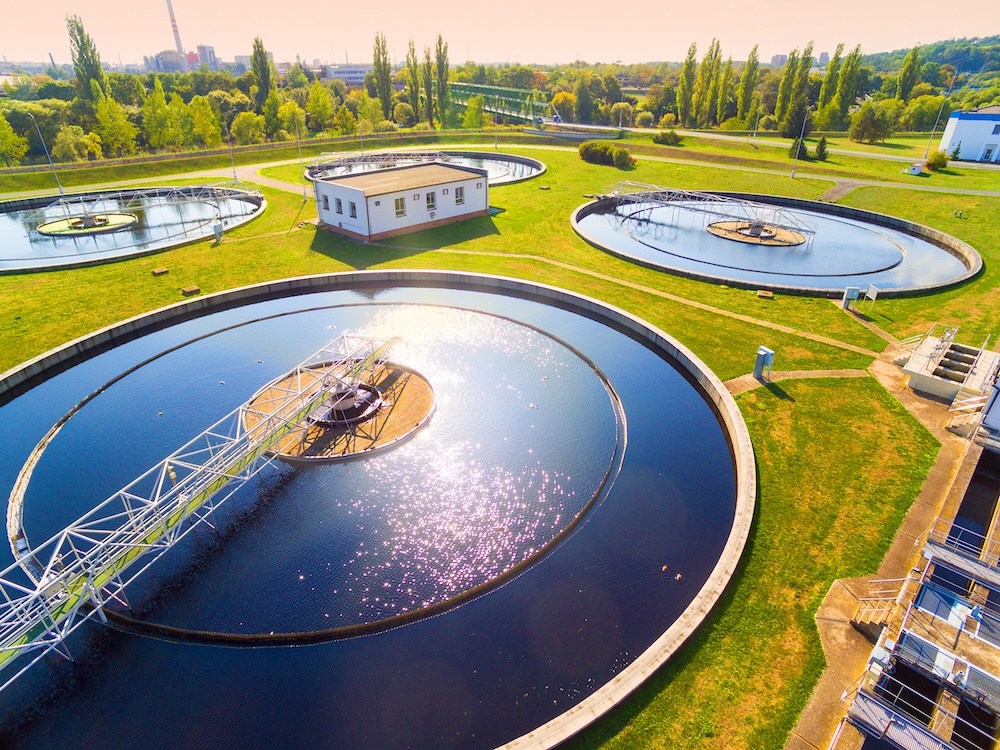
Lihy Teuerstein the CEO of IDE Water Assets
Lihy Teuerstein, CEO of IDE Water Assets, highlights the pressing challenges in wastewater treatment, underscoring the global issue of water scarcity. With dwindling freshwater resources, the emphasis on treating and reusing wastewater is more critical than ever. However, recognizing and removing the myriad pollutants in wastewater is essential to ensure safe drinking water.
What are the biggest challenges facing wastewater treatment today?
Globally, communities are challenged with water scarcity given the lack of fresh, high quality drinking water. As our water resources continue to dwindle, we must turn to our wastewater, making sure every drop is used twice, or at least used wisely. Wastewater can enhance and increase our available resources by reusing the treated wastewater and decreasing the consumption of other sources, such as surface or groundwater. However, the more we improve our monitoring ability, we realize our wastewater contains countless pollutants and contaminants. If these aren’t removed correctly, our drinking water will be impacted. We must be considerate of our wastewater management, making sure our wastewater will not become waste but rather a source. While water reuse technology exists, the biggest challenge is that the public perceives wastewater as waste, opposed to a means for additional water capacities: a perception shift that needs to be made.
Have you seen any new advancements in technology that have improved wastewater treatment processes?
There has been an improvement in water monitoring technologies – for both waste and drinking water. This monitoring enables us to understand what we, as water consumers, add to our water before it reaches the wastewater plants. In order to protect our future water, treating and cleaning the water is crucial, which can be done with sophisticated methods, like Pulse Flow Reverse Osmosis (PFRO) technology. Unlike the multi-step conventional RO process, IDE Technologies’ proprietary PFRO technology is a single stage treatment, utilizing mechanical and chemical techniques to solve common RO challenges. By constantly changing the flow regime and the osmotic and hydraulic pressure, PFRO can enable an increased water recovery rate – without increasing membrane cleanings or replacements. This technique removes concentrated solute ions and fouling particles with six times the ability of the standard RO process.
As an industry expert, what steps do you believe should be taken to ensure clean and safe drinking water for all and do you think enough steps are being taken currently?
Not enough is being done to ensure safe drinking water, especially when it comes to reusing wastewater and being conservative about our existing sources, even if they seem endless. Late summer of 2023, salt water from the Gulf of Mexico forced its way up the Mississippi River, due to drought in the area and lack of flow in the river, triggering a presidential emergency declaration. The salt wedge threatened the drinking water supply for roughly a million people around greater New Orleans. Mississippi River, serving millions of people, has always been perceived as an resilient source of water, until communities now realize it may be jeopardized. This incident shines a line on the importance of alternative resources, implementing technological solutions, and the power of working with experts to outline a strategic path forward. These are three key components to ensuring clean and safe drinking water for all – in the short and long term. We must manage risk, not let it manage us.







